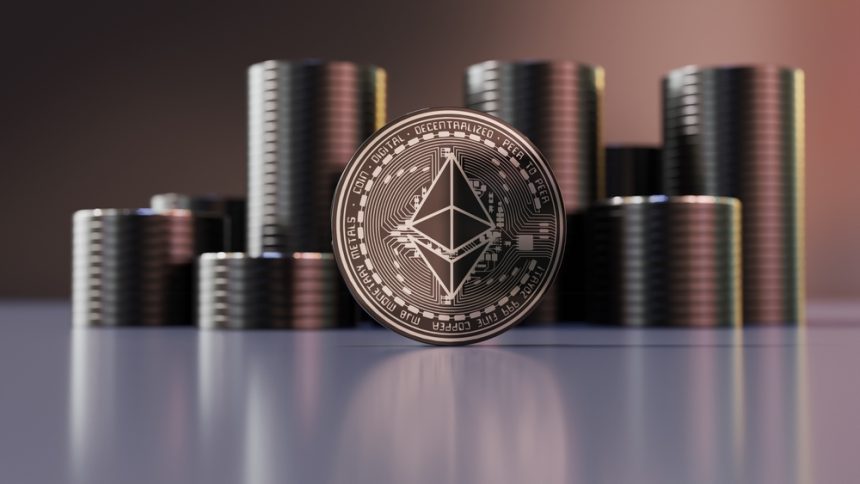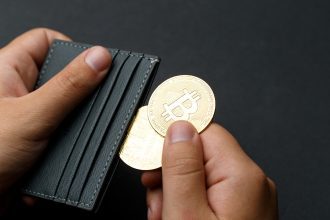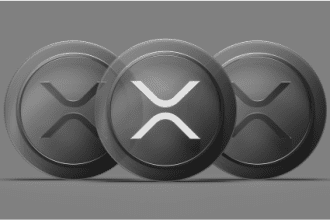Alipay’s China L2 Push: Bringing Ethereum to the Masses
What if the app you open every morning held a quiet revolution? In 2025, Ant Group began rolling out Jovay a next-gen Layer-2 chain designed for real world assets but fluent in Ethereum’s language. It’s not a flashy blockchain launch. It’s a subtle shift: making crypto invisible in daily life.
Alipay already knits over a billion users into daily commerce. Add Ethereum compatible rails, quietly, and even modest adoption becomes massive. The play? Bury crypto behind UX. If Ethereum can win on feel over flash, it might finally break through.
Jovay is serious. They tout targets like 100 ms responsiveness and 100,000 TPS. Ambitious yes but it shows their aim: institutional scale with performance and auditability baked in. It’s built for enterprises, yet still speaks developer friendly tools.
You don’t need to reinvent your stack. Jovay stays EVM compatible, so you bring over familiar languages and tooling. Ant handles proofs, reliability, bridging. The art is in hiding infrastructure behind simple interfaces. Because banks and regulators want trust, predictability, verifiability and that’s in the design.
But Jovay doesn’t try to swallow Ethereum. It runs beside it. Interoperates. Bridges. Assets and logic move across chains. It lives in Ant Chain’s world while reaching into Ethereum’s liquidity. Think hybrid, not hierarchy.
Let’s do the math. Headline reads “1.4 billion users.” That’s eye catching. But even 1% adoption means 10 million people using on-chain services through Alipay. That’s real. And onboarding at that scale won’t be “install a wallet, cross your fingers.” It hides wallets under Alipay UX. Uses fiat rails and regulated stablecoins. Surfaces RWA features people understand. The crypto bits stay under the hood.
RWAs are the wedge. Not speculative tokens real assets like invoices, receivables, green projects. Tokenize them, and institutional capital begins to flow. It’s a door into Web3 for traditional finance and Ant is aiming for that door.
A Hong Kong stablecoin license? That’s not just optics it underpins settlement flows on-chain. Licensing doesn’t manifest features instantly. But it reduces systemic risk, making regulated token flows possible.
On the tech side targets like 100,000 TPS and 100 ms latency are bold. Real performance depends on robust architecture: data availability, proof systems, concurrency, consensus mechanics. Jovay reportedly uses hybrid approaches combining ZK proofs with TEE, aiming for privacy, speed, and proof assurances. And by staying EVM-compatible, porting is cheaper.
Imagine walking into a store, tapping “Pay,” and knowing nothing changed but settlement, loyalty, receipts happen on-chain behind the curtain. Now layer in tokenized invoices, cross-border rails, programmable finance. Suddenly, complexity dissolves.
Many users don’t care about crypto. They want speed, reliability, trust. Invisible rails deliver that. But regulatory rules vary. Bridges add risk. Platform lockin looms. The counter modular design, transparency, open standards.
Ethereum’s future is L2-first. But those L2s need room to breathe better data availability, blob scaling, constant mainnet upgrades. Meanwhile, institutional capital enters via ETH ETFs. Combine that with super-app distribution funnels, and you get feedback loops: utility driving demand, demand driving liquidity.
Builders start with RWA pilots built for compliance. Merchants: test on-chain settlements in pilot mode. Developers: bake audits, safe exits, governance into your stack. Don’t expect an overnight wave think steady layering: testnet, partner rollout, consumer wrap.
This isn’t merely “Ant built a chain.” It’s where payments UX meets programmable rails. Ethereum becomes invisible plumbing, Ant becomes execution engine. Quietly, millions will access crypto rails inside apps they already love never realizing they crossed the boundary.
We’re entering “crypto as plumbing.” Jovay offers a map hide complexity behind trusted apps, give institutions safe entry, scale adoption through utility. The next billion won’t storm in. They’ll trickle, transaction by transaction, through the devices we already carry.






















